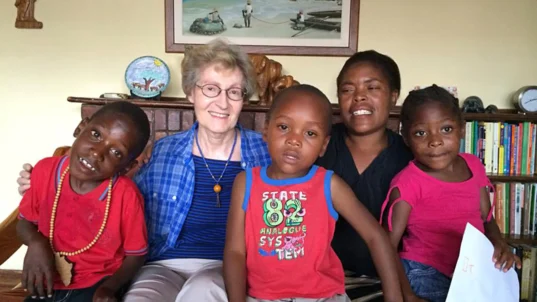As exploratory discussion, IF discussions thrive on (or even presuppose) contrast. If you haven’t covered new ground, you haven’t explored. (The contrasting individual conceptual possibilities that are at the core of IF discussions are actually intended not just to be contrasting, but to be contrasting in different ways. For that reason they are best thought of not merely as a spectrum of possibilities, but rather a broader field or multi-dimensional conceptual “space”).
Why Contrast Is Important to IF Public Discussions
Whether in public or democratic discussions or in situations of individual or social choice, contrasts are useful in three strongly interactive ways.
(1) Contrasts tend to broaden the range of alternatives under consideration and clarify the possible practical consequences that might result from different conceptual possibilities.
(2) Contrasts reinforce broad conceptual thinking by:
- helping convert analytical distinctions, technical issues, and differences of degree into conceptual insights and descriptions
- broadening and deepening the discussion
- blunting partisanship and encouraging exploration and development of possibilities for what diverse democratic citizens might find worth discussing.
(3) Contrasts reinforce thinking in terms of possibilities by:
- accustoming discussion participants to think of alternatives in general or conceptual terms, which can help them think beyond such givens as “what is” or “what should be”
- clarifying each of the possibilities’ limits, which can encourage discussion participants to develop specific new possibilities beyond or in addition to the possibilities already under consideration
- blunting partisanship and encouraging thinking in terms of what other democratic citizens might find worth discussing.
How Contrast Is Achieved in IF’s Public Discussions
The following table identifies a number of aspects of IF’s public discussions that most directly encourage participants to explore and develop conceptual possibilities that embody contrasts.
| Aspect of Public Discussion | Contribution to Contrasts |
| Individual Discussion Steps | |
| Initial Starting Point
Citizen Discussion Reports
Description of Area of Concern |
Possibilities presented in a form that invites further public discussion
|
| Discussion of an Area of Concern | Generates a varied set of possible questions and possible conceptual answers |
| Requirement that Citizen Discussion Reports Contain at Least Four Conceptual Possibilities | Requires a variety of possibilities; encourages useful contrasts among them |
| Testing for Possible Practical Consequences | Further elaborates contrasts among possibilities |
| General Aspects | |
| Facilitation Planning | Encourages exploration, development, and selection and exclusion of useful contrasts |
| Meeting Facilitation | Keeps panelists aware of purpose; encourages exploration, development, and selection and exclusion of contrasts |
| Regular Editing of Discussion Work Materials | Highlights and encourages contrasting possibilities |
| Non-consensual Selection and Exclusion | Allows inclusion of contrasting possibilities without full panel support |
| Focus on Concepts | Encourages priority of conceptual differences over technical exactness |
| Use of Language in Reports and in Actual Discussion | Linguistic constructions subordinated to conceptual exploration and development until testing for possible practical consequences |
* For an earlier, expanded, version of this essay, see essay A-3 at: https://www.interactivityfoundation.org/wp-content/uploads/2009/12/Public-Discussion-paper.pdf



